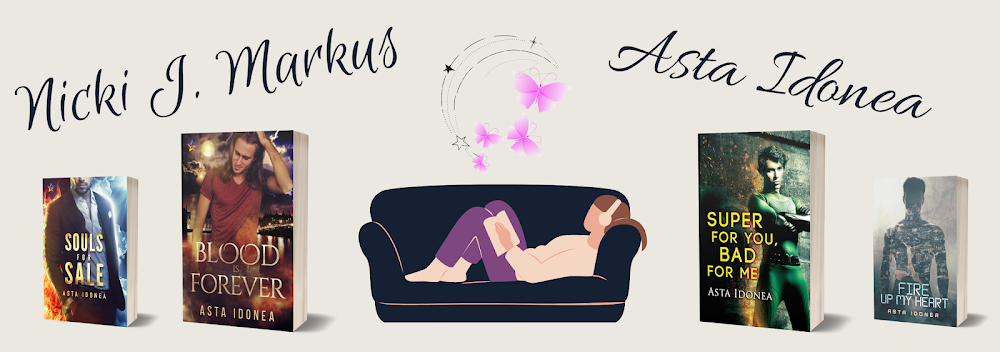
1) Names—Names have meaning. Give your characters that reflect an aspect of their personality or the role they will play in the story. You can do the same thing with place names if your action plays out in a made-up setting.
2) Symbols—Symbols in a story can hint at things to come or at aspects of a character’s personality. They might be found in dreams, or in the environment in which the action takes place. If it’s a murder mystery, for example, perhaps the characters find a repeated symbol at each of the crime scenes. There are dictionaries available detailing the symbolic meaning behind animals, shapes, flowers etc. which will be of use with this.
3) Speech and Action
In some cases, you may simply want to foreshadow an outcome through something the character says or does. No, I don’t mean spoilers. The trick here is to include something that seems innocuous at first glance, but which is later shown to have meant something more. If you are a planner, you can do this from the start. Pantsters will need to wait until they have a completed first draft and then look back to see where foreshadowing could take place.
The use of foreshadowing and symbols requires a careful balance between hinting at the truth but not fully revealing it. Done well, it will provide additional depth to your story. When the final reveal comes, readers should experience that Aha! moment.


No comments:
Post a Comment